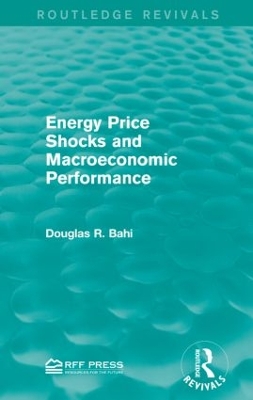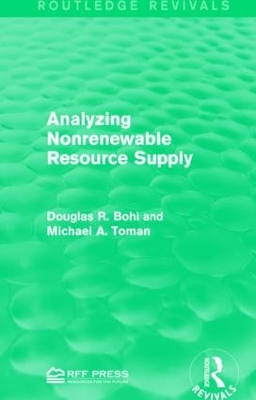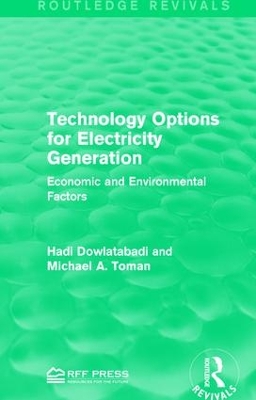Routledge Revivals
4 total works
The oil price shocks of the 1970’s led to severe recessions in the 1980’s in the United States. Originally published in 1989 in the aftermath, Bohi attempts to show both how energy prices can cause a decline in output and employment and to explore important other factors which led to the recessions using the US, United Kingdom, Japan and Germany as examples. The findings in Energy Price Shocks and Macroeconomic Performance have major implications for energy policy and questions government plans which focus solely on preventing another oil supply disruption. This title will be of interest to students of environmental studies and economics as well as professionals.
This book, first published in 1982, takes the interaction between the domestic economy and the international trade in oil and, through the use of a consistent microeconomic framework, examines the conditions under which energy and related policies may or may not improve the performance of the U.S. economy, during both normal periods and old supply disruptions. This title will be of interests to students of environmental management.
Analyzing Nonrenewable Resource Supply
by Douglas R. Bohi and Professor Michael A. Toman
Originally published in 1984, Douglas A. Bohi and Michael A. Toman have produced a convenient reference source about disparate elements in the theory of nonrenewable resource supply and about general issues that arise when applying dynamic economic analysis. The authors emphasise the inherently dynamic nature of resource supply decisions, the effects of resource depletion on costs and behaviour, and the influence of uncertainty about costs, prices, and reserves. This title will be useful to students interested in environmental studies and economics, practitioners, and others who need to know more about complex interactions of economic forces and the resource base.
Technology Options for Electricity Generation
by Hadi Dowlatabadi and Professor Michael A. Toman
Environmental constraints and market uncertainties create new challenges for electricity generation. In this title, originally published in 1991, the authors present a simulation model with a capability for highly detailed activity to identify cost-minimising investment options under different assumptions about demand, costs, regulation, and other economic and environmental factors. Applying the model to two U.S. regions having sharply different electricity demand and supply characteristics, they identify the importance of advanced technologies and augmented electricity trade among regions. This title is ideal for students interested in environmental studies.



